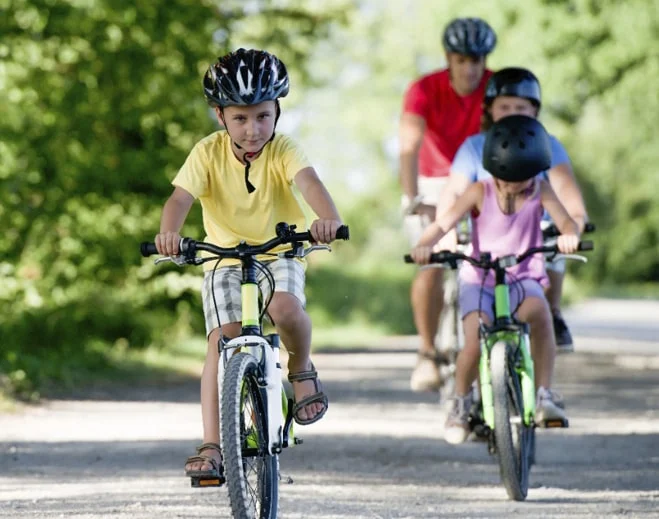
- choose-the-right-bike-and-gear-for-your-child
- teach-basic-rules-and-road-awareness-early
- practice-in-a-safe-environment-first
- adjust-your-routes-for-kid-friendly-riding
- stay-visible-and-communicate-clearly
- plan-rest-breaks-and-stay-flexible
- real-family-stories-about-safe-cycling-with-kids
1. Choose the Right Bike and Gear for Your Child
One of the most important tips for safe cycling with kids is starting with the right equipment. A poorly fitting bike or low-quality helmet can turn a fun ride into a frustrating or even dangerous experience. Make sure your child's bike is the right size—when seated, their feet should touch the ground and the handlebars should be within easy reach. Don’t forget a properly fitting helmet, knee and elbow pads for younger riders, and bright clothing to increase visibility.
Brands reviewed at Cycling Guider include child-specific gear built for stability and safety. One mom from Oregon shared how switching to a lightweight, coaster-brake bike made her 6-year-old far more confident on hilly paths.
2. Teach Basic Rules and Road Awareness Early
2.1 Stop, Look, and Listen
Start by teaching your child basic traffic rules—even if you plan to stick to bike paths. Explain how stop signs work, what “right of way” means, and why we look left-right-left before crossing any road or path intersection.
2.2 Practice Signaling and Predictable Movements
Show them how to use hand signals, and encourage riding in a straight, steady line rather than swerving. Predictability is key—especially when riding near other cyclists or vehicles.
2.3 Reinforce through Repetition
Reinforce lessons through role play or short practice sessions. A family in Colorado turned it into a game: their kids had to “earn” cycling stickers by safely completing daily tasks like stopping at imaginary signs or signaling before turns.
3. Practice in a Safe Environment First
3.1 Start in Parks, Driveways, or Schoolyards
Before hitting public trails, get plenty of practice in familiar, traffic-free zones. Smooth surfaces like parking lots or school playgrounds are great places to work on balance, braking, and steering.
3.2 Make Practice Sessions Fun
Set up cones or chalk courses to teach maneuvering and control. Many parents report that turning learning into play keeps kids more engaged—and safer in the long run.
3.3 Progress at Their Pace
Every child learns differently. Don’t rush them into roads or complex trails. At Cycling Guider, we always recommend scaling up with age, skill, and comfort.
4. Adjust Your Routes for Kid-Friendly Riding
4.1 Choose Low-Traffic or Dedicated Trails
Pick routes with protected bike lanes, greenways, or multi-use paths. Avoid steep hills, heavy intersections, and routes with poor visibility. Apps like Komoot or AllTrails help you filter by bike-friendly options.
4.2 Loop Routes Work Best
Try circular paths where you finish where you started—kids are often more comfortable when they know where the ride ends. Loops also make planning snack breaks and rest stops easier.
4.3 Evaluate Road Conditions Together
Teach your kids to notice gravel, potholes, and road signs. It empowers them to take ownership of safety. One father in Michigan shared how his daughter now alerts the family to every pothole on the route—earning the nickname “Captain Pavement.”
5. Stay Visible and Communicate Clearly
5.1 Dress Bright and Add Lights
Even in daylight, wearing high-visibility clothing or vests helps others see your family. Install front and rear lights on all bikes, and consider spoke reflectors or reflective tape for helmets and gear.
5.2 Ride in a Predictable Formation
For younger children, it’s safest to place one adult in front and one behind. Older kids can ride in a line. Stay vocal—shout out upcoming turns, bumps, or slowing down well in advance so everyone stays coordinated.
5.3 Use Walkie-Talkies or Bluetooth Helmets
If you're biking in noisier areas or with multiple kids, consider gear that helps you communicate on the move. Many families find walkie-talkie helmets especially helpful on longer rides.
6. Plan Rest Breaks and Stay Flexible
6.1 Pack Snacks, Water, and Essentials
Kids get hungry and tired faster than adults. Bring water bottles, easy-grab snacks, sunscreen, and wipes. Don’t forget a small first-aid kit and a tire patch kit—just in case.
6.2 Know When to Turn Back
Pay attention to signs of fatigue or frustration. It’s better to cut a ride short and end on a high note than push through and create a negative memory. Cycling should feel like freedom—not a chore.
6.3 Create Positive Rituals
End each ride with something your child looks forward to—a popsicle, a journal sticker, or a special story about the ride. These rituals reinforce the joy of cycling and help build lasting habits.
7. Real Family Stories About Safe Cycling with Kids
7.1 The Weekend Ride Tradition
The Nguyens in Austin started a “Sunday loop ride” during the pandemic. They mapped out a 3-mile route that passed a duck pond, two playgrounds, and an ice cream shop. What began as a way to keep active became a weekly ritual their kids still love years later.
7.2 From Training Wheels to Trails
Leo, age 7, started riding in a backyard with training wheels. Now he bikes dirt trails with his dad thanks to gradual exposure and patience. His mom says, “The first time he rode down a hill on his own, he shouted, ‘I’m flying!’ That’s a memory we’ll never forget.”
7.3 Building Confidence One Pedal at a Time
A single mom in Vermont shared that cycling with her daughter helped rebuild their bond after a tough year. “We’d talk about school, dreams, and even silly stuff while coasting down forest trails. It wasn’t just safe—it was healing.”
For more tips and hand-picked gear that supports safe family cycling, Cycling Guider offers recommendations you can trust—designed with real families in mind.

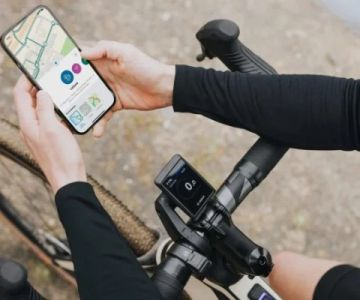
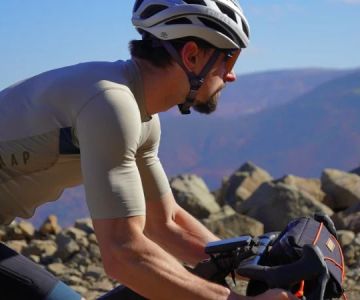

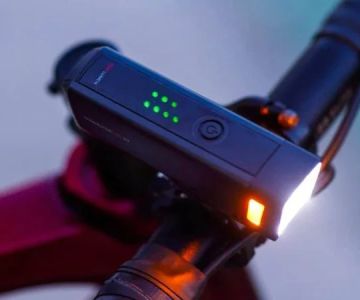
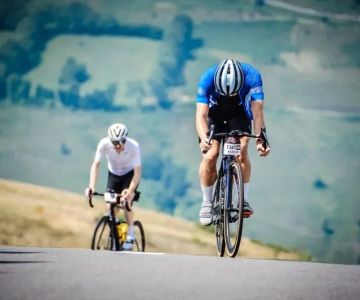
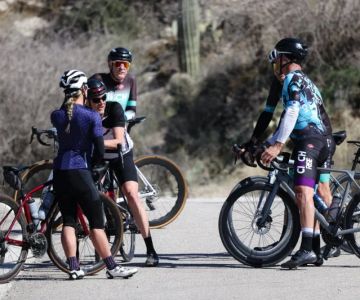
 Billet BMX5.0 (2 reviews)
Billet BMX5.0 (2 reviews)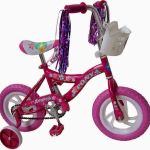 Far East Children Bicycle Factory1.0 (1 reviews)
Far East Children Bicycle Factory1.0 (1 reviews) Archer Motorsports, Inc.4.0 (8 reviews)
Archer Motorsports, Inc.4.0 (8 reviews) YEP Bike Works4.0 (55 reviews)
YEP Bike Works4.0 (55 reviews)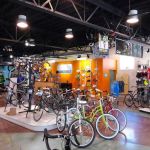 Gorham Bike & Ski4.0 (498 reviews)
Gorham Bike & Ski4.0 (498 reviews) Alchemy Bikes4.0 (37 reviews)
Alchemy Bikes4.0 (37 reviews) How to Teach Kids to Ride a Bike: A Step-by-Step Guide for Parents
How to Teach Kids to Ride a Bike: A Step-by-Step Guide for Parents Tips for Riding on Busy City Streets: Smart Strategies for Urban Cyclists
Tips for Riding on Busy City Streets: Smart Strategies for Urban Cyclists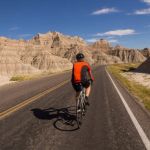 Best US National Parks for Mountain Biking: Ride Epic Trails Across America
Best US National Parks for Mountain Biking: Ride Epic Trails Across America Best Aero Helmets for Time Trials and Racing
Best Aero Helmets for Time Trials and Racing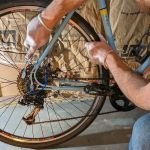 How to Clean and Lubricate Your Bike Chain Like a Pro
How to Clean and Lubricate Your Bike Chain Like a Pro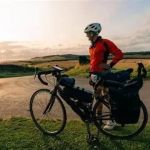 10 Must-Have Items for Long-Distance Cycling Trips
10 Must-Have Items for Long-Distance Cycling Trips